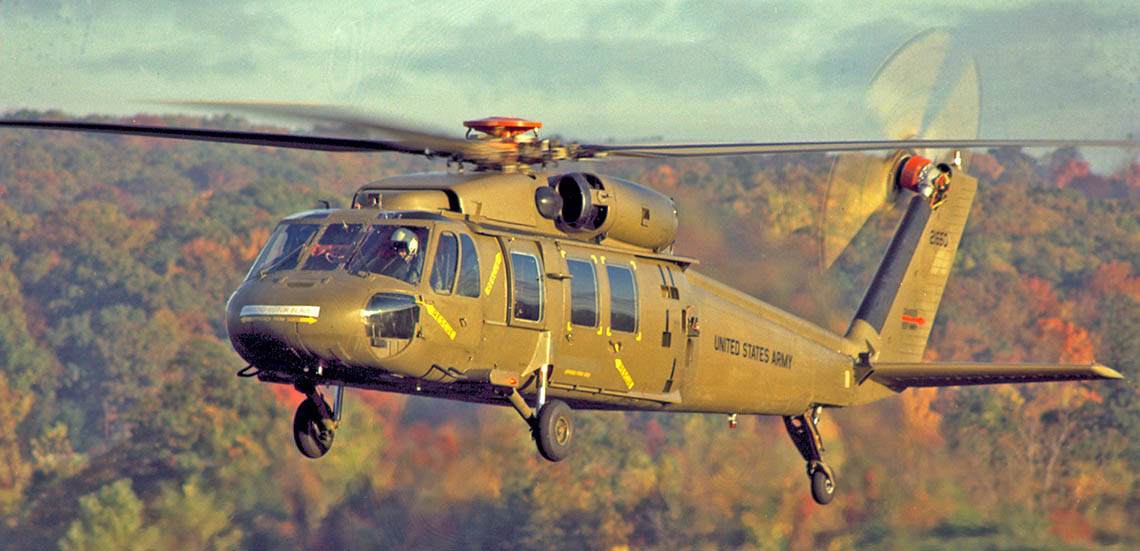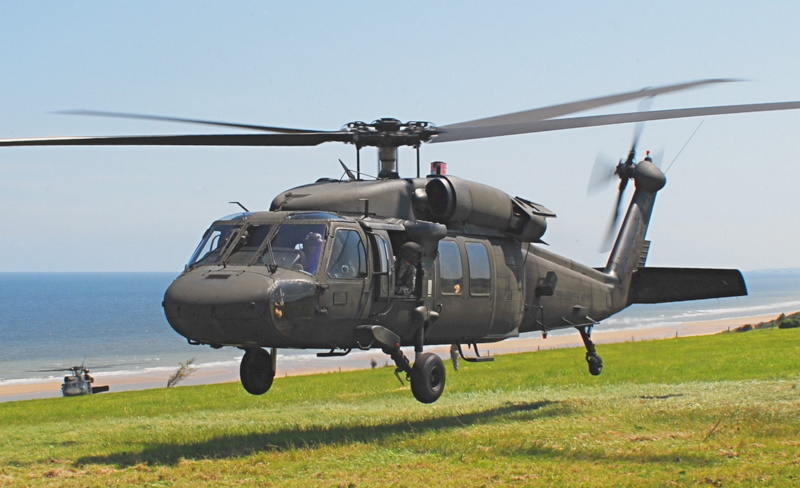Why the Sikorsky S 70 is the Preferred Selection for Modern Helicopter Missions
Why the Sikorsky S 70 is the Preferred Selection for Modern Helicopter Missions
Blog Article
Rotary-Wing Aircraft Offering Superior Resilience and Accuracy Design
In the realm of aeronautics, rotary-wing aircraft have actually long been recognized for their distinct capacities in various operational environments. From army goals to noncombatant applications, the development of rotary-wing modern technology has actually led the way for equipments that offer unparalleled sturdiness and precision design. Via advancements in products and construction methods, combined with advanced flight control systems, these aircraft have actually become vital tools for jobs that require both toughness and precision. As we explore the complex balance between development and reliability in rotary-wing aircraft, it ends up being noticeable that the merging of cutting-edge modern technology and tried and tested style principles has set a brand-new criterion for performance and efficiency in the aerospace sector.
Development of Rotary-Wing Technology
Throughout the history of aviation, the advancement of rotary-wing technology has actually been a testament to continual technology and development in aeronautical engineering. From the very early days of vertical trip with simple designs to the sophisticated helicopters and various other rotary-wing aircraft these days, the progression in this field has been exceptional.
In the very early 1900s, leaders like Igor Sikorsky and Juan de la Cierva made considerable strides in rotary-wing technology. Sikorsky's VS-300 helicopter, initial flown in 1939, noted a zero hour in the development of functional rotary-wing aircraft. This success led the way for additional advancements in upright flight capacities.

Today, rotary-wing airplane play critical duties in numerous fields, including armed forces procedures, emergency situation clinical solutions, law enforcement, and industrial transport. The development of rotary-wing modern technology proceeds to press the borders of what is possible in vertical trip, making sure that these aircraft stay essential assets in the aeronautics sector.
Products and Building Innovations
Demonstrating a fusion of advanced materials and specific construction methods, rotary-wing airplane have undertaken significant developments in durability and efficiency. One of the essential innovations in materials utilized for rotary-wing airplane is the raising usage of composite products.
Moreover, the integration of innovative layers and surface area treatments has played a critical role in boosting the toughness of rotary-wing airplane. These coatings give security versus corrosion, abrasion, and severe climate conditions, expanding the life expectancy of the aircraft and decreasing upkeep requirements.
In regards to building and construction developments, additive production, additionally referred to as 3D printing, has changed the production of complex components for rotary-wing aircraft. This innovation permits fast prototyping and personalization, resulting in faster advancement cycles and decreased costs. Overall, the constant evolution of materials and construction strategies is driving the abilities and performance of rotary-wing aircraft to new heights.
Precision Flight Control Systems

The assimilation of GPS modern technology additionally improves the precision and dependability of these systems, permitting for exact navigation, waypoint monitoring, and automated trip control. sikorsky s 70. This degree of accuracy not only enhances the security of rotary-wing procedures but likewise improves general functional effectiveness and objective efficiency
Furthermore, the continuous improvements in artificial website here intelligence and artificial intelligence have assisted in the development of self-governing flight capabilities within Accuracy Trip Control Solution. This makes it possible for rotary-wing airplane to perform complex missions with unequaled accuracy and consistency, making them important Our site properties in a large range of applications, consisting of military procedures, search and rescue goals, and airborne digital photography.
Sturdiness in Testing Environments
Sought after functional settings, rotary-wing aircraft show extraordinary durability and effectiveness, making sure optimum efficiency under difficult environmental problems. These airplanes are made to withstand a large variety of ecological factors, consisting of extreme temperatures, high winds, and rough surface, making them appropriate for different missions in varied landscapes.
One key factor adding to the longevity of rotary-wing aircraft is their tough building and construction. These airplanes are developed utilizing top quality products and advanced engineering strategies to enhance their architectural integrity and integrity. Additionally, parts such as rotor blades, engine systems, and touchdown gear are meticulously created to stand up to the pressures and stresses experienced throughout procedures in difficult atmospheres.
Furthermore, rotary-wing airplane are equipped with innovative onboard systems that keep track of performance metrics in real-time, enabling proactive upkeep and very early discovery of potential concerns - sikorsky s 70. This proactive method helps protect against unforeseen failings and ensures the continued airworthiness of the airplane sought after functional settings. Overall, the toughness of rotary-wing airplane in tough atmospheres is a testament to their premium design and layout, making them important possessions for numerous mission-critical operations
Maintenance and Dependability Standards
The adherence to strict upkeep and integrity standards is paramount in guaranteeing the optimum efficiency and safety of rotary-wing airplane. Regular upkeep checks, conducted by certified specialists, are necessary to identify and address any type of prospective issues before they endanger the aircraft's performance. These checks incorporate an extensive exam of all crucial parts, consisting of the engine, look at these guys rotor system, avionics, and hydraulic systems, to assure that they remain in prime functioning problem.
Additionally, adherence to arranged maintenance intervals in conformity with manufacturer standards is critical for upholding the aircraft's reliability. This proactive technique helps protect against unanticipated malfunctions and makes certain that the airplane remains airworthy for its intended missions. In addition, the implementation of durable integrity criteria, such as regular component screening and replacement based on predetermined lifecycles, additionally boosts the airplane's stability.
Verdict

In final thought, the developments in rotary-wing aircraft innovation have actually caused premium resilience and precision design. With innovative products and building strategies, in addition to accuracy flight control systems, these aircraft can operate in challenging atmospheres with enhanced dependability. The maintenance and integrity standards ensure that these rotary-wing aircraft continue to perform at their finest, making them vital possessions for different industries.
Showing a combination of cutting-edge products and specific construction strategies, rotary-wing aircraft have actually undertaken considerable improvements in sturdiness and performance. One of the key advancements in materials made use of for rotary-wing aircraft is the raising utilization of composite products.With precise focus to detail and progressed technical combination, rotary-wing aircraft have actually embraced Accuracy Trip Control Equipment as a keystone of their functional excellence. On the whole, the toughness of rotary-wing airplane in tough settings is a testimony to their premium engineering and design, making them important assets for different mission-critical procedures.
In final thought, the improvements in rotary-wing aircraft modern technology have led to premium longevity and precision design.
Report this page